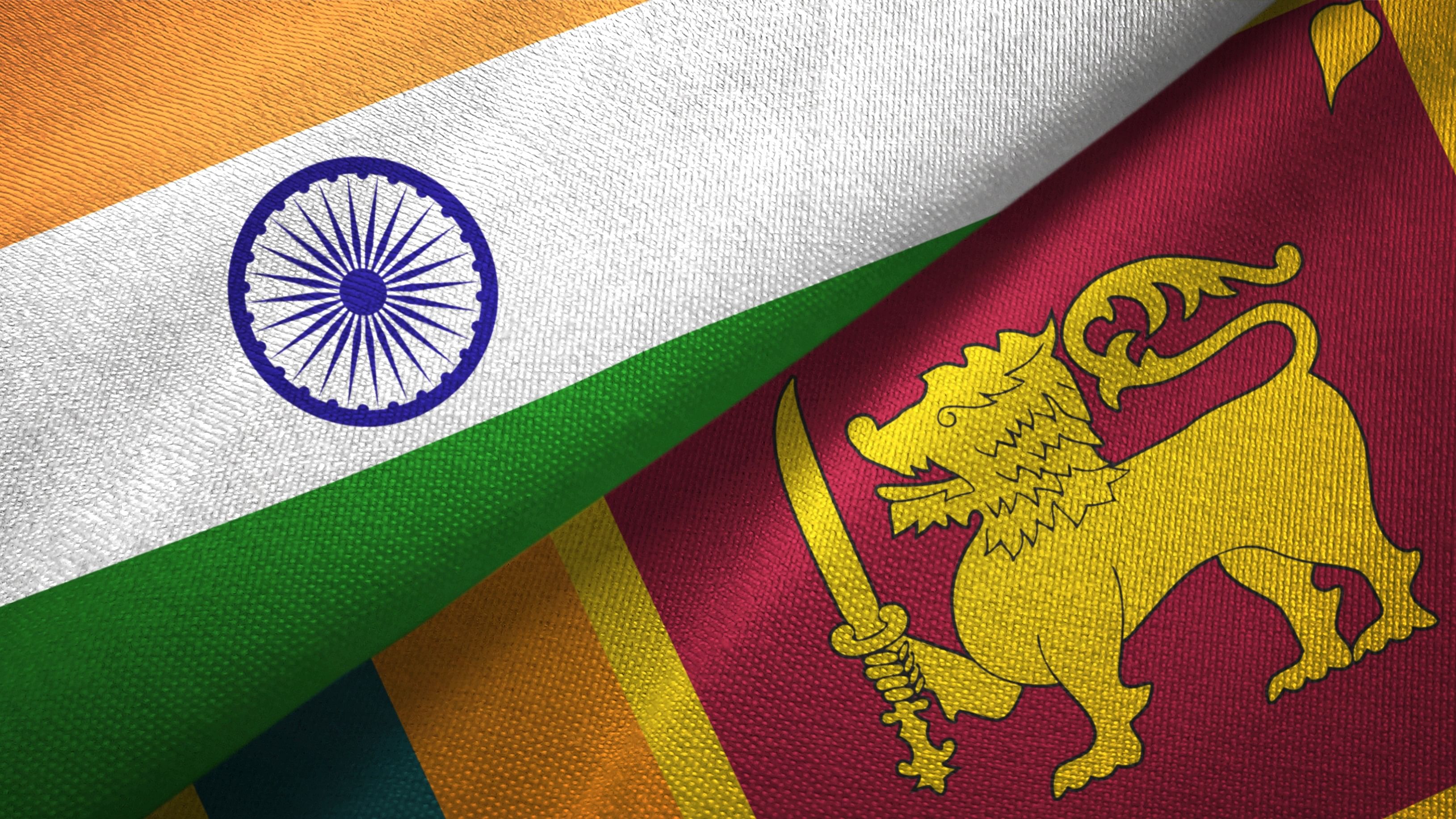
The flags of India and Sri Lanka.
Credit: iStock Photo
New Delhi: A fresh maritime dispute between New Delhi and Colombo seems to be brewing with Sri Lanka objecting to India’s plea to the International Seabed Authority (ISA) based at Kingston in Jamaica for rights to explore cobalt-rich ferromanganese crusts in Afanasy Nikitin Seamount in the Indian Ocean.
Colombo has argued that the area where India wants to explore cobalt-rich ferromanganese crusts is entirely within the extended continental shelf claim of Sri Lanka.
The island nation’s government has urged the ISA to refrain from accepting New Delhi’s plea for exploration rights in Afanasy Nikitin Seamount till the United Nations Commission on the Limits of the Continental Shelf (UN-CLCS) decides on its continental shelf claim. The ISA is “following applicable procedures in this regard and the matter is ongoing”, a spokesperson of the Ministry of Foreign Affairs of the Sri Lankan government said.
Sri Lanka’s continental shelf claim also contradicts that of India’s and that is why remains pending with the UN-CLCS since 2009. The two neighbouring nations have been negotiating to end the impasse bilaterally. They, however, could not make any headway in the past one-and-a-half decades.
The new dispute over the exploration of cobalt-rich crusts started brewing after the recent parliamentary elections in India saw the ruling Bharatiya Janata Party trying to rekindle the controversy over Katchatheevu Island and blaming the Congress and the Dravida Munnethra Kazhagam (DMK) for ‘ceding’ it to Sri Lanka, sacrificing the interests of the fishermen of Tamil Nadu.
The Earth System Science Organization (ESSO), an autonomous institute of the Ministry of Earth Sciences of the Government of India, submitted an application to the secretary general of the ISA on January 18, 2024, seeking approval for a 15-year plan of work for the exploration of cobalt-rich ferromanganese at Afanasy Nikitin Seamount in the central Indian Ocean.
New Delhi moved the ISA seeking rights to explore the cobalt-rich crusts in Afanasy Nikitin Seamount in the wake of the increasing forays of the Chinese People’s Liberation Army’s research vessels in the Indian Ocean region.
The ESSO deposited an application fee of $500,000 to the ISA – an autonomous international organization established under the 1982 United Nations Convention on the Law of the Sea (UNCLOS) to authorize and control the exploration of mineral deposits in the international seabed.
The Afanasy Nikitin Seamount is a 400-kilometre-long and 150-kilometre-wide undersea mountainous feature in the equatorial Indian Ocean. It comprises a main plateau rising 1200 metres above the surrounding ocean floor at a depth of 4800 metres, and secondary elevated seamount highs, two of which lie at 1600 metre and 2050 metre water depths.
The total area New Delhi wants to explore spans 3,000 sq. km and consists of 150 blocks, with none exceeding 20 sq. km in area. The blocks are organized and grouped into six clusters, each containing 12-50 blocks. The application area covering the six clusters is enveloped within an area measuring not more than 550 km by 550 km, according to an ISA document.
